Review: Can Honda’s latest ZR-V stand out among crowded competition?
The ZR-V is a hybrid-only crossover that promises low running costs with high levels of practicality. Cameron Richards finds out what it’s like.

What is it?

>
The ZR-V is Honda’s newest entry into the ever-growing SUV segment. It sits in between the HR-V and CR-V in the Honda line-up, and like its smaller and larger siblings, it comes with hybrid power.
The competition it faces is fierce, with the likes of the Kia Sportage and Nissan Qashqai in its sights – two British favourites on our roads. So, the ZR-V has got a lot to live up to, if it’s going to steal the limelight away from those two big names.
What’s new?
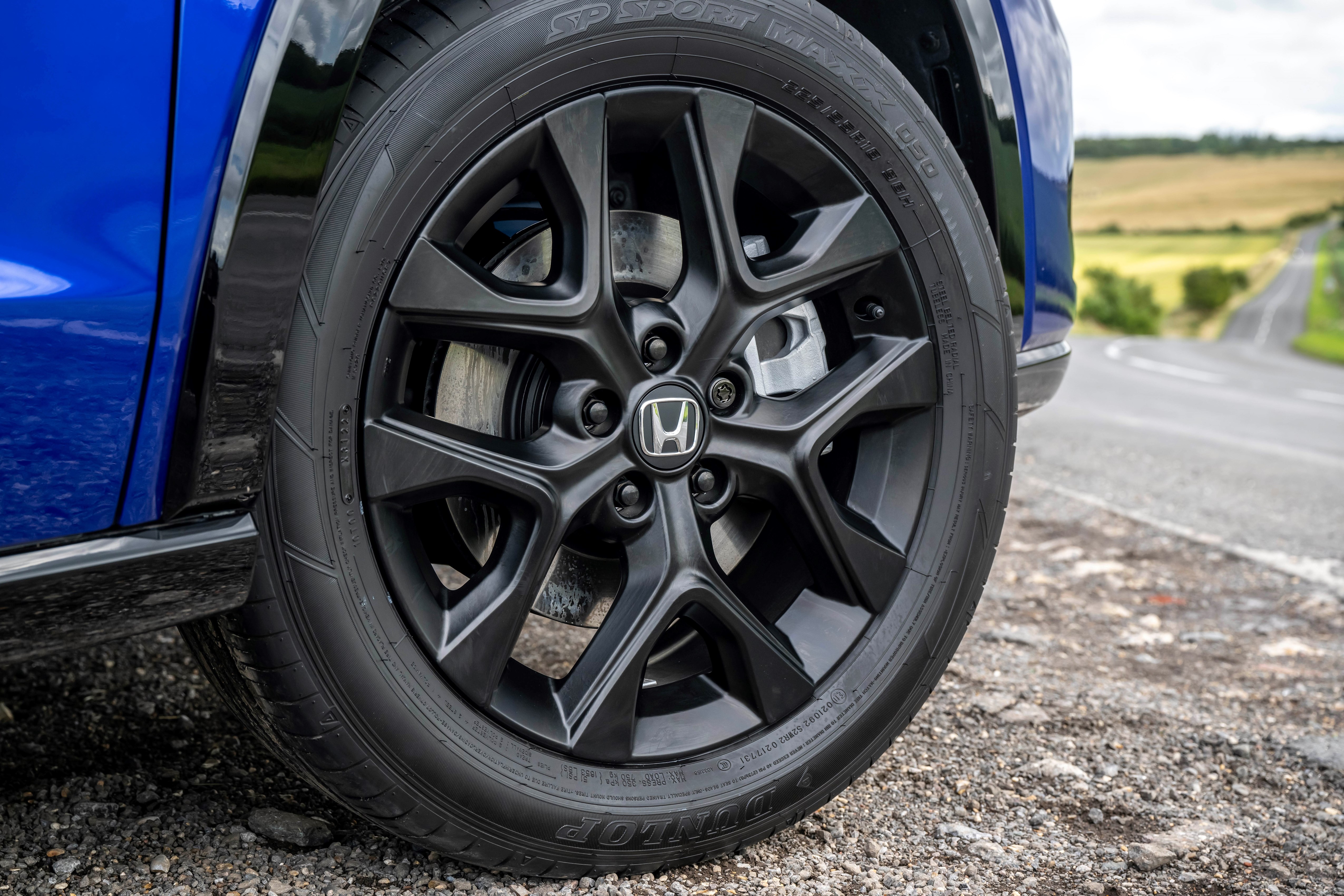
>
Honda knows a thing or two about SUVs. Having launched the original CR-V back in 1997, that model has gone on to become one of the most popular crossovers in the world having sold more than 10 million units.
The ZR-V shares the same platform with the current 11th-generation Civic and sixth-generation CR-V, while it gets a new interior and exterior design to make it a new proposition in the brimming crossover market.
What’s under the bonnet?

>
It’s simple. There is only one engine on offer and that is a 2.0-litre four-cylinder that produces 186bhp and delivers 314Nm of torque – while achieving 0-60 mph in 7.8 seconds.
The engine is the same as Honda put in the bigger CR-V, but to the ZR-V’s advantage, it’s smaller and lighter than its bigger brother. It also claims 49.2mpg and produces 144g/km of C02.
What’s it like to drive?
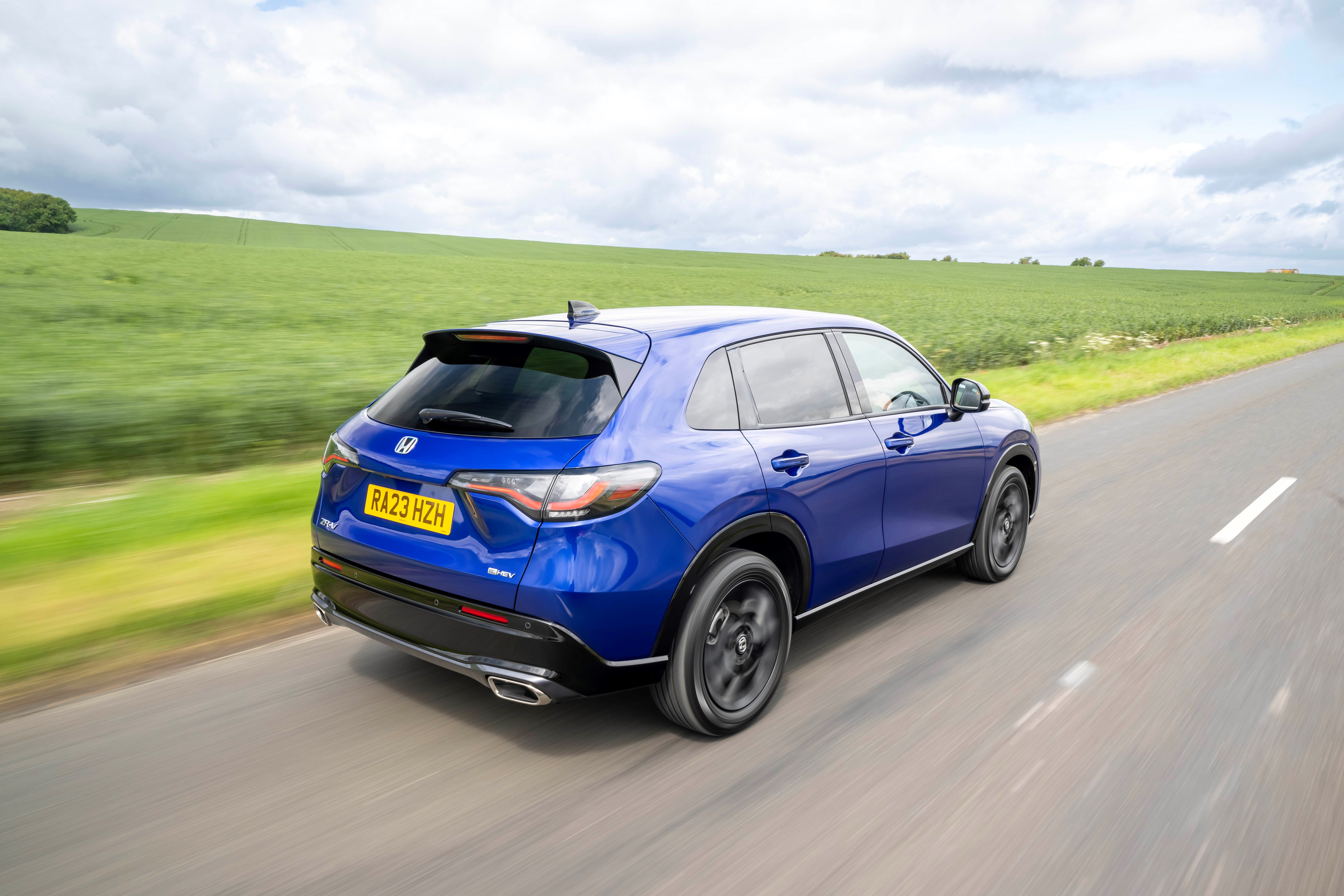
>
Behind the wheel, the ZR-V has a very sporty driving position. You sit lower than you might think and you and the driver and front passenger are separated from the large centre console – giving a more cockpit-like feel.
Out on the road, the ZR-V handles well, with limited body roll and plenty of grip. There are four driving modes to choose from – Normal, Sport, Econ and Snow. When driving in Sport, the throttle response sharpens up and you notice a change, while Econ mode ensures that the electric motor gives the best use when driving at slower speeds to improve fuel consumption.
When driving in Normal mode, the car feels stable at speed if not a little noisy on faster roads with more tyre roar and wind noise entering the cabin. The engine itself is smooth enough, however, the e-CVT gearbox is a little odd due to it having artificial gearchanges and the paddle shifts located behind the steering wheel didn’t seem to do anything let alone change up and down the box. The pickup was also a little sluggish and the performance wasn’t groundbreaking, either.
The ride is perfectly adequate, if not a little unsettled over bigger bumps and visibility is impressive thanks to large side windows and thin A-pillars making it easier to pull out at side turns.
Fuel economy is good too with our car achieving 47mpg over the week, which isn’t bad regarding the size of car and its engine capacity.
How does it look?
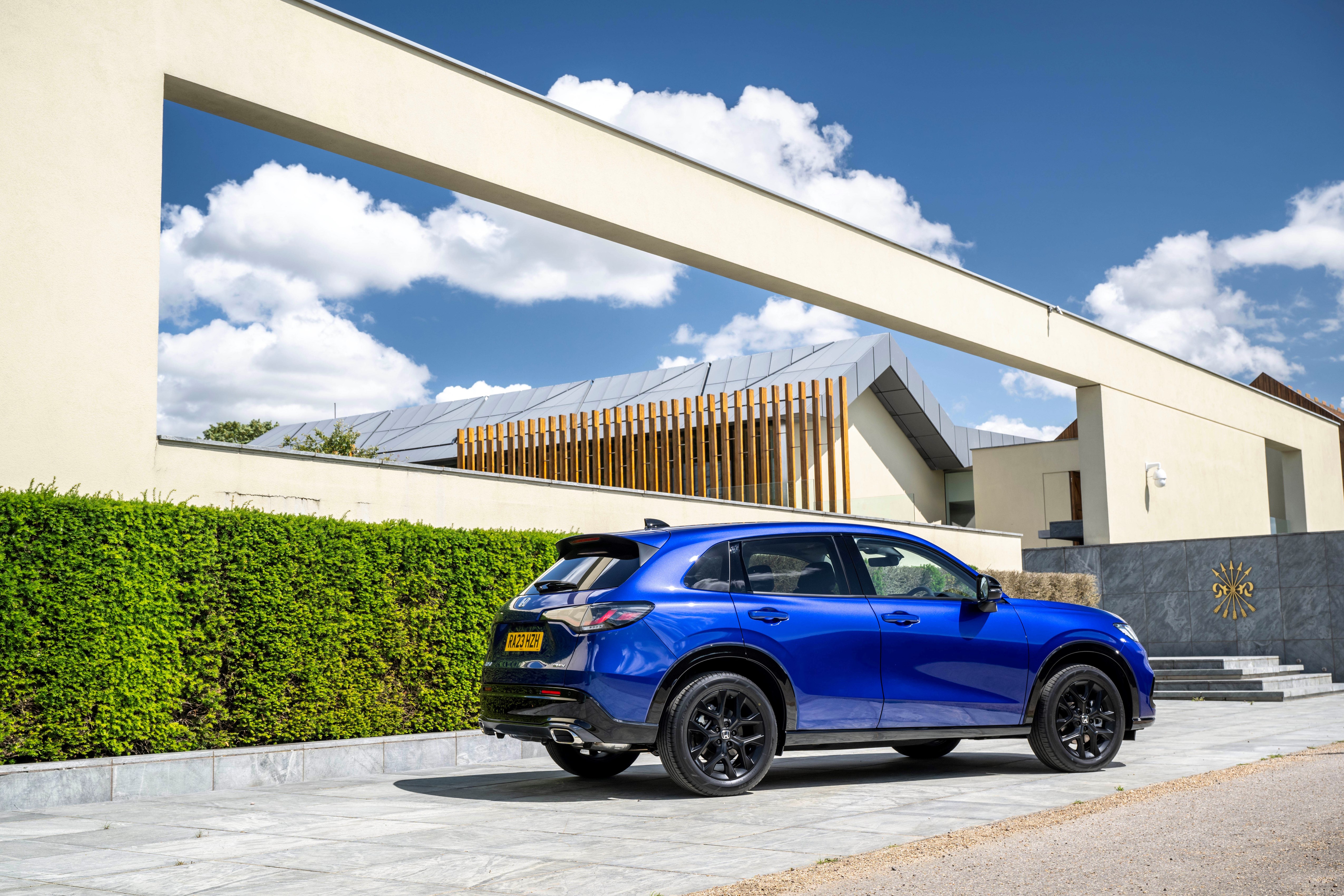
>
With the naked eye, the ZR-V looks like any other crossover, in the fact that it has a tall rakish body and quite an anonymous side profile.
The front end adopts Honda’s latest design language in terms of an oval-shaped front grille and curved headlights. The rear end looks better with a sloping roofline and at least the exhaust pipes do lead through those rather fake-looking exhaust tips.
There is also a lot of piano black used throughout from the wheel arch mouldings to the rear diffuser – which gives a more sporty look to the ZR-V.
What’s it like inside?
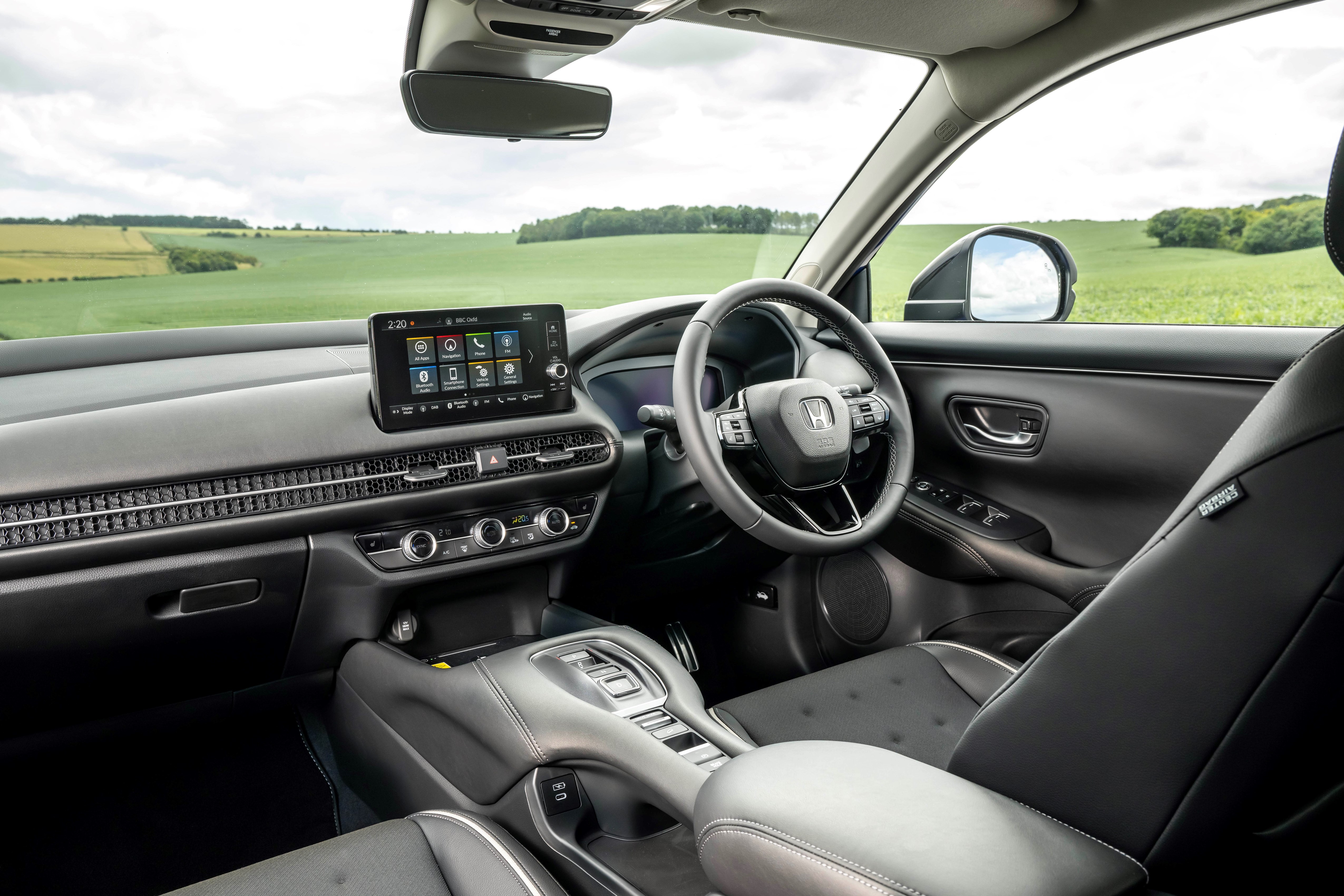
>
Inside, the cabin is well thought out and there is a decent-sized glove box, a variety of cupholders and a large centre armrest with storage.
The plastics used throughout have a high-quality feel with lots of soft-touch materials and the design of the dash is stylish with physical buttons for the climate control and infotainment screen. A uniquely shaped line design features on the door cards and in the boot is a nice touch as well.
The build quality is excellent, as you would expect from a Honda, and there is sufficient leg and headroom for rear passengers, too.
However, even though the rear seats do fold down flat, the boot space capacity is not as big as its rivals from Korea. The ZR-V’s boot capacity stands at 370 litres of space with the seats up and 1,302 litres with them folded down – in contrast, the Kia Sportage has 562 litres of boot room with the seats up and 1,751 litres with them down.
What’s the spec like?
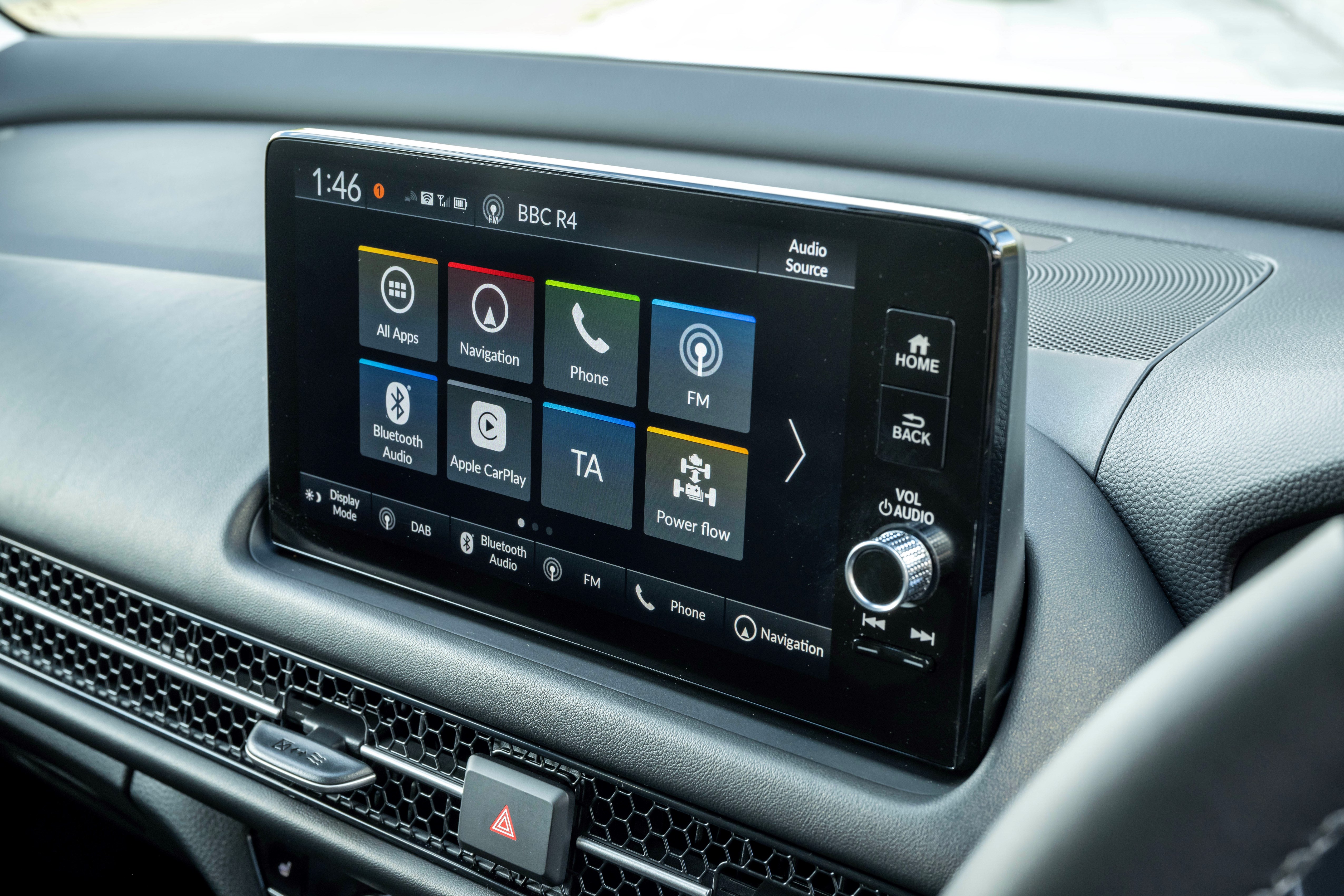
>
The ZR-V comes in three different flavours. The entry-level Elegance starts from £39,505 and comes with 18-inch alloy wheels, a rear-view camera and heated front seats.
Our test car was the mid-range Sport, which starts from £41,110 and adds a power tailgate, privacy glass, wireless smartphone charger and electric front seats.
The top-of-the-line Advance comes in at £42,910 and boasts a panoramic glass roof, heated leather steering wheel and a Bose Sound System.
All models are very well equipped, however, rivals like the Nissan Qashqai are marginally cheaper with the basic model nearly £12,000 less expensive than the basic ZR-V Elegance.
Verdict
The ZR-V is one of those cars that sprung onto the market without anyone really knowing, however, skip alongside that and this Honda is a very likeable and easy car to own.
It’s economical, has plenty of standard equipment and is good to drive, and with Honda’s superb reputation for producing solid, dependable and reliable cars, the ZR-V will certainly follow that path.
Rivals may be cheaper, but the Honda should hold its value well, too.
The mid-sized ZR-V is a great car for those looking for a practical and efficient vehicle without going down the EV route – while still holding onto that driver engagement and low running costs.





